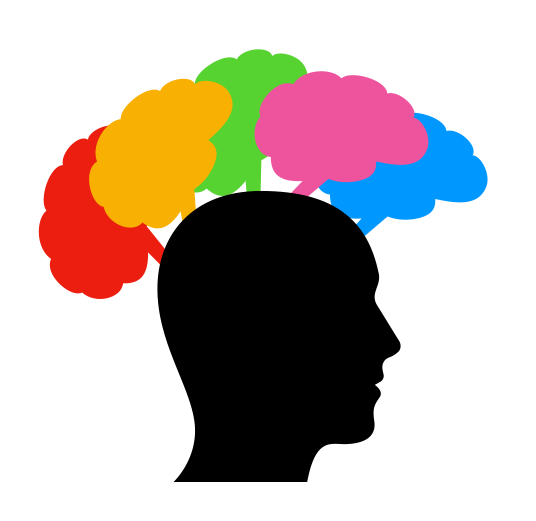The Error in our thoughts


In behavioural Psychology, we come across various terms, that passively or actively influence our thinking skills. One such label is Fundamental Attribution Error. Personally speaking, this is an attribution that we all avail ourselves of, sometimes inertly.
According to this Fundamental Attribution Error, we tend to judge others on their personality. But we judge ourselves based on the current situation. This is a correspondence bias and depends upon the environment around that situation. The reason behind this is simple – selfishness and introversion. And, everyone out here is somewhat egotistical.
We can understand better the Fundamental Attribution Error through a simple example – If someone else is late, you assume they are lazy. When you are late, you tell yourself it is a bad day. We never blame ourselves for any such situation. But we gauge others by being self-absorbed. We usually do these things obliviously, but sadly, it’s an unfortunate truth. We never see our flaws. Besides, we always look out for the chances for leg-pulling of others. We never leave a possibility of making someone miserable. When you attend a party, you criticize people who throw leftover food in the bin but forget the remnant that they hide under the table.
This Fundamental Attribution Error is often displayed by students in the class too. They usually end up overestimating the reasons behind the expression of anger by their teachers. Generally, the students assume that the main reason why their teacher is angry is that they have serious nature. But actually, the action of students like misbehaviour, lack of effort, or intentional provoking is what caused the teacher to become angry in the first place.
Even if the Fundamental Attribution Error itself has the word “error”, we still display this form of thinking because it serves as a mental shortcut. It allows us to render judgments faster and easily, irrespective of genuineness. Think rationally, and save your ego for later.
Dr. R.K. Panchal
DISCLAIMER: The author is solely responsible for the views expressed in this article. The author carries the responsibility for citing and/or licensing of images utilized within the text.
